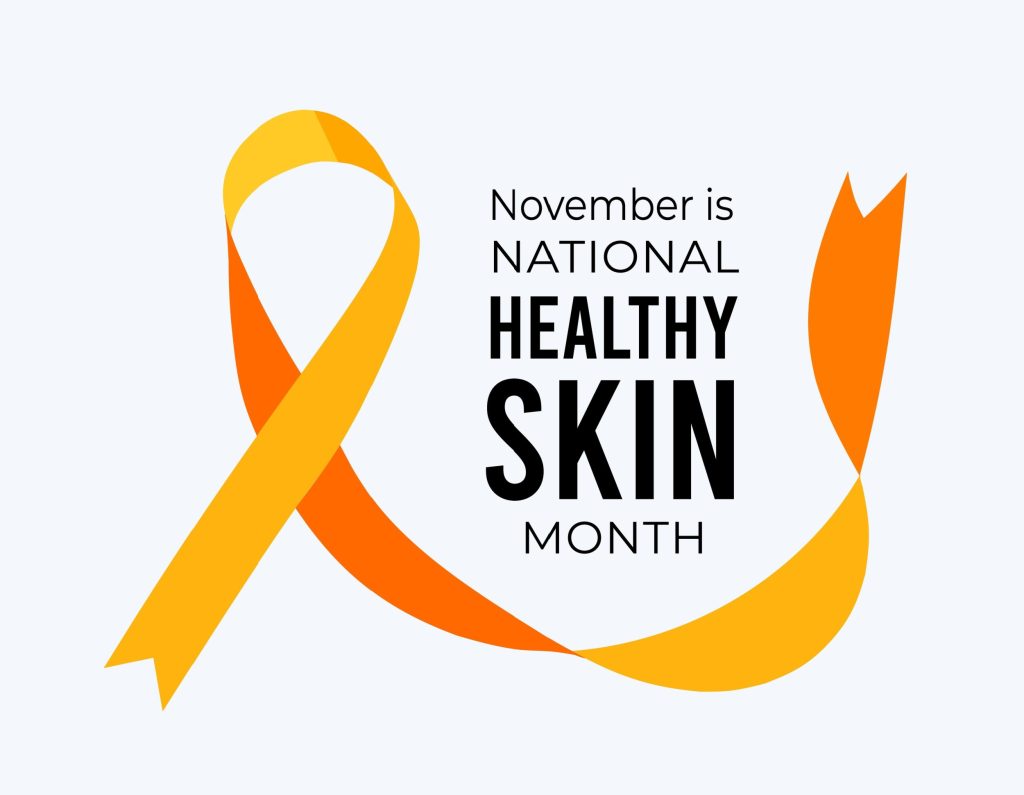
Cysts and boils are common skin conditions that can cause discomfort and frustration. While they may share some similarities, it’s crucial to understand their differences, how to identify them, and the appropriate methods for diagnosis and treatment. In the following blog, we will explore what cysts and boils are, and take a look at their characteristics, causes, diagnosis, treatment options, and when it’s essential to consult a dermatologist.
What are Cysts and Boils?
Cysts
Cysts are benign pockets of tissue, or sacs, that are filled with fluids, oils, or pus. These sacs can develop anywhere on the body and vary in size. Cysts are often painless and may go unnoticed until they become larger or cause discomfort. They can appear on the body or under the skin as a result from infections, clogged sebaceous (oil) glands, trapped hair follicles, or inherited conditions.
The most common type of cyst is the epidermal cyst, characterized by its content of the protein keratin. It forms when skin tissues grow deeper into the skin rather than shedding. Sebaceous cysts are similarly common and benign, manifesting as small, round bumps around blocked oil glands.
Boils
A skin boil, also known as a furuncle, is a painful, red, and swollen bump that results from a bacterial infection in a hair follicle or oil gland. The primary infection that causes skin boils is often Staphylococcus aureus. Boils typically start as a tender, firm lump under the skin, which gradually becomes more painful and eventually forms a visible, pus-filled head.
The development of a skin boil is characterized by the following stages:
- Initial Stage: A red, tender lump forms as the infection takes hold in a hair follicle or oil gland.
- Progression: The lump enlarges, becomes more painful, and develops a white or yellow center filled with pus. This is known as the “head” of the boil.
- Rupture and Drainage: In some cases, the boil may burst open, releasing the accumulated pus. This often provides relief from pain and pressure.
- Healing: Once the boil drains, the healing process begins, and a scab may form over the affected area. It’s essential to keep the area clean to prevent further infection.
Boils are commonly found on areas of the body where friction or sweating occurs, such as the face, neck, armpits, thighs, and buttocks.
Diagnosing Cysts and Boils
Cysts
Diagnosing a cyst usually involves a physical exam by a health care professional. First, during the physical exam, a dermatologist will visually inspect the cyst and surrounding skin to assess its size, location, color, and any signs of inflammation. They may feel the cyst to determine its consistency, such as whether it feels soft, firm, or fluctuant (fluid-filled). Next, the provider will likely inquire about the patient’s medical history to understand any underlying conditions, history of skin problems, or family history that may be relevant to the development of the cyst. Based on the physical exam, the dermatologist will determine whether the lump is consistent with a cyst, ruling out other possible skin conditions.
In some cases, dermatologists may recommend imaging tests such as ultrasound, CT scans, or MRI to get a better understanding of the cyst’s size, location, and composition. This is particularly common for deeper or internal cysts. If there is uncertainty about the nature of the cyst or if there are concerns about the possibility of malignancy, a dermatologist may perform a biopsy. During a biopsy, a small sample of tissue is taken for lab analysis. Dermatologists may choose to monitor the cyst over time, especially if it is small, asymptomatic, and not causing cosmetic concerns.
Boils
Dermatologists typically diagnose a boil through a combination of a physical exam, medical history review, and sometimes additional tests.
First, during the physical exam, dermatologists visually inspect the affected area to assess the size, appearance, and location of the boil. They may check for signs of inflammation, redness, and tenderness around the boil. Then, the provider will often inquire about the patient’s medical history to understand any underlying conditions, recent illnesses, or medications that may contribute to the development of the boil. After this, a clinical assessment takes place, and based on the physical exam, dermatologists determine the stage of the boil and whether it has developed a visible head filled with pus. They may inquire about the duration of symptoms, any factors that may have triggered the boil, and whether there is a history of recurrent boils.
In some cases, dermatologists may perform a bacterial culture by swabbing the affected area to identify the specific bacteria causing the infection. This helps determine if the infection is due to Staphylococcus aureus, a common culprit in boil formation. Additional tests, such as blood tests, if there are concerns about systemic infection or underlying health conditions that may be contributing to recurrent boils may also be considered.
Treatment Options
Cysts
Treatment for cysts varies depending on the type and location. Small, non-bothersome cysts may not require intervention, while larger or painful cysts may be drained or surgically removed. In some cases, medications like antibiotics or corticosteroids may be prescribed to reduce inflammation and prevent infection. While most cysts are typically smooth, benign, and painless, there are instances where draining or surgical intervention becomes necessary for removal. This is particularly true for cysts that are notably large, causing significant pain, or exhibiting signs of infection.
Boils
Boil treatment often involves warm compresses to promote drainage and alleviate pain. Over the counter medications or prescription antibiotics may be necessary to combat bacterial infections. Avoiding squeezing or puncturing boils at home is crucial to prevent further infection and scarring.
While many boils can be treated at home with warm compresses and good hygiene practices, more serious or recurrent cases may require medical attention. Avoiding squeezing or attempting to lance a boil at home is crucial to prevent complications and the spread of infection.
When to See a Dermatologist
While some cysts and boils may resolve on their own or with home care, it’s essential to consult a dermatologist if:
- The cyst or boil is persistently painful or enlarges.
- There is redness, warmth, or signs of infection.
- Multiple cysts or boils appear simultaneously.
- Recurrent episodes of cysts or boils occur.
- The lesion is in a sensitive area, such as the face or genitals.
Understanding the differences between cysts and boils, along with proper diagnosis and treatment is important for maintaining good skin health. When in doubt or faced with persistent symptoms, seeking the guidance of a dermatologist can ensure an accurate diagnosis and effective management of these skin conditions. If you have a boil or cyst, contact your dermatologist to determine if they need medical attention. At Florida Dermatology and Skin Cancer Centers, we specialize in all conditions of the hair, skin, and nails, and our medical team is experienced in diagnosing and treating cysts and boils as well as common skin concerns.
For more information, or to schedule a comprehensive annual skin exam, call (855) FLD-SKIN, or visit www.fldscc.com.


